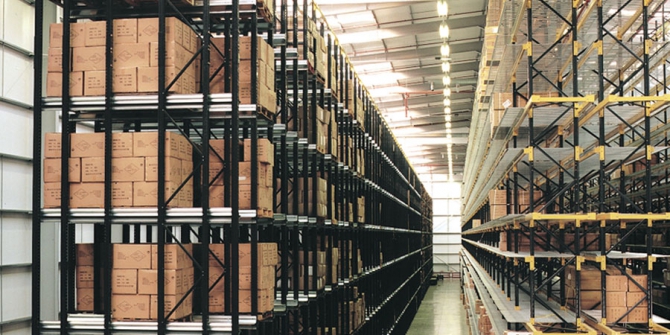Your health and safety risk assessment should cover all potential risks and hazards in your organisation. This covers risks faced by everyone who is in contact with your business, including you, your employees, contractors, clients, suppliers and other visitors to your workplace. It also includes the families of people who work for you from home. The risk assessment should record ‘significant findings’ and note any groups at risk.
The risks faced by lone workers can differ from those faced by others. The actions you take as a result of the risk assessment may also need to be different for lone workers. For example, lone workers cannot easily ask more experienced colleagues for help with dangerous tasks or equipment, so extra training may be required. Your general emergency procedures may not be sufficient to protect the health and safety of lone workers. For instance, getting first-aid treatment or support in the event of a violent assault may be more difficult for an injured lone worker working off-site and in isolated areas than for on-site workers.
Contact procedures are crucial. How will you enable a lone worker to stay in touch with colleagues or to call for help in the event of an emergency? For example, what procedures would be followed if there was an intruder when one member of staff was working alone in an office?
Your risk assessment should consider a wide range of factors that may endanger a lone worker's health and safety. This includes checking whether there is any specific legal requirement to have more than one worker for certain activities – see blog “Is it safe to work alone?” Make sure you:
- Assess whether the risks of the job can be controlled by an individual working on their own.
- Find out whether proper training has been provided.
- Consider whether the workplace presents special risks for someone on their own.
- Take into account whether the work involves handling dangerous equipment or substances hazardous to health.
- Consider whether the work is particularly stressful.
- Consider whether there is a risk of violence.
- Assess whether the lone worker is medically fit to work alone.
- Consider whether certain groups of people face particular risks - such as trainees, young, pregnant or disabled workers.
- Arrange contingency for lone workers if their first language is not English, to ensure clear communication, especially in an emergency.
- Make emergency response plans in case the lone worker falls ill, has an accident, or there is an emergency such as a fire or violent assault.
- Ensure the lone worker has the means to call for help in an emergency at all times of the day including out of hours.
- Information on high risk geographical areas or jobs should be given to staff, particularly new staff.
- Personal alarms or lone working devices should be provided where appropriate.
- Arrange adequate supervision and monitoring for lone workers.
It is recommended that employers review risk assessments at least annually, or when there has been a significant change in working practice.
Article by Mathew Colley of LONEALERT, the UK’s provider of lone worker protection solutions, offering a range of lone worker alarms, man-down devices and solutions to protect staff who work remotely, alone or are vulnerable.

